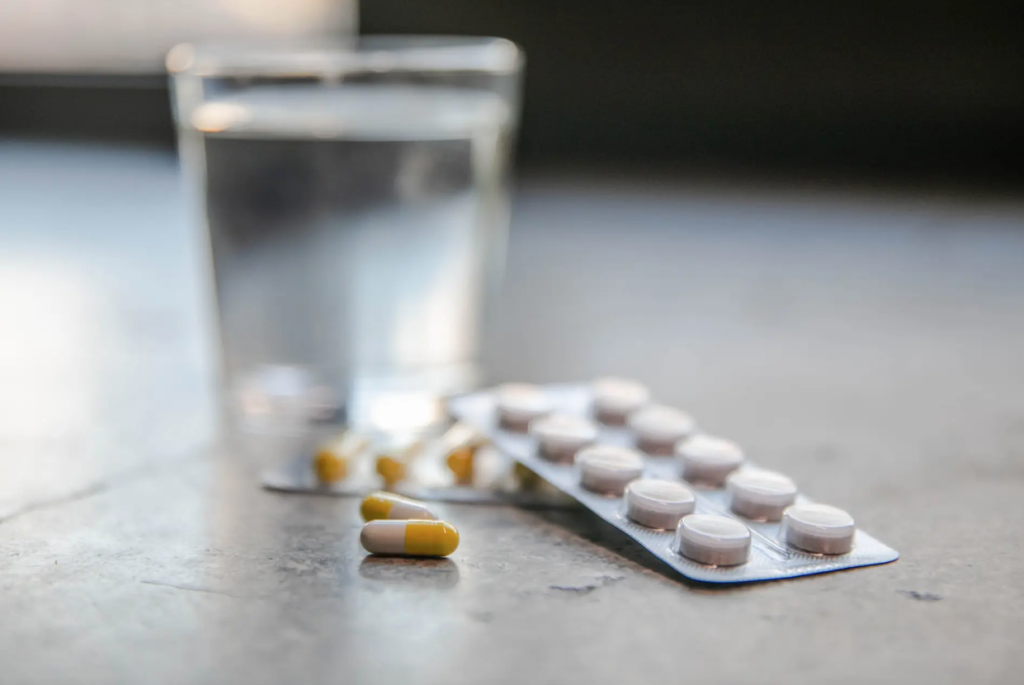Korean research provides a more accurate detection model of drugs and contaminants in wastewater than ever
In 2020, worldwide consumption of medicines reached 4 billion doses, confirming a growth trend. These products pass through the human body, increasing the amount of drugs and contaminants in wastewater. When these trace elements end up in rivers and oceans, they can cause damage to the environment and human health. These include carcinogenesis and endocrine system interference.
A branch of science is therefore working to develop technologies that can quickly and accurately predict the properties and behavior of these substances. But the analysis of unknown compounds requires expensive equipment, qualified experts and a lot of time.
To address these structural problems, a team at the Korea Institute of Science and Technology (KIST) sought to leverage artificial intelligence. Thus, it has developed a technology to classify trace substances according to their physico-chemical properties and predict their concentrations. The researchers used self-organizing maps, an artificial intelligence technique that groups data into maps based on similarities, to classify 29 elements into known traces, including medicinal compounds and caffeine. The technology uses information about functional groups (i.e., parts of molecular structures) and mechanisms of biological reaction.
Subsequently, random decision trees were constructed to adjust the machine learning technique, so that it predicts the properties and concentration changes of new trace elements. The clustering and prediction system has been applied to 13 new substances, achieving a predictive accuracy of about 0.75, far exceeding the 0.40 accuracy offered by existing techniques using biological information.
Compared to traditional prediction methods, the model has the advantage of requiring only the physico-chemical properties of trace elements. By using clustering technology based on the similarities of functional groups, it can then efficiently identify how the concentration of new substances in the wastewater treatment process will change.

